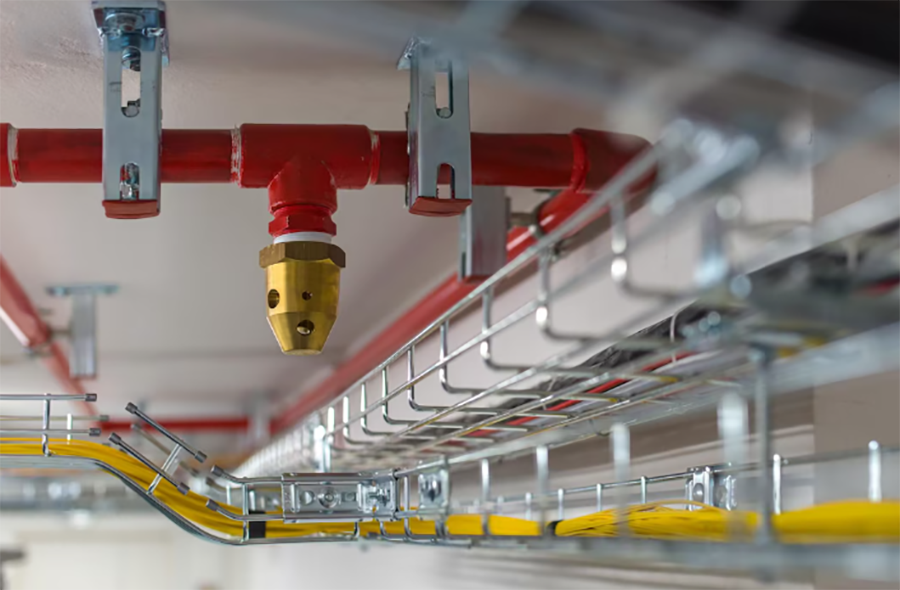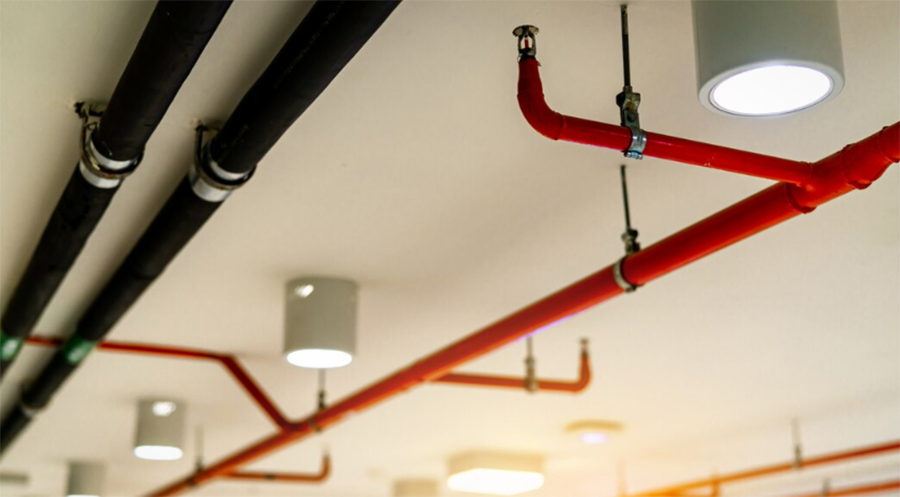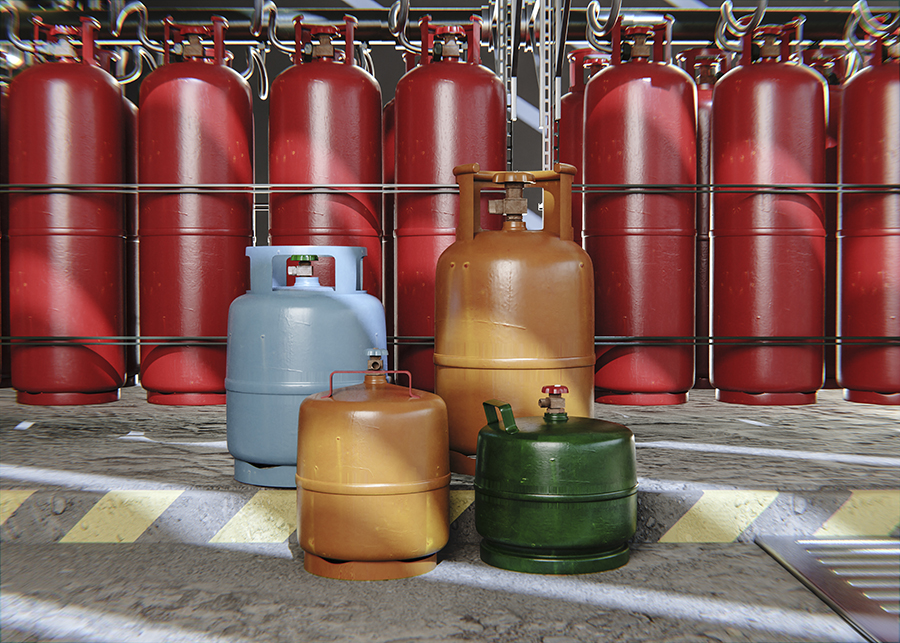
Fire safety is crucial for any business. Traditional fire protection systems can sometimes damage sensitive equipment or property. Clean agent fire suppression systems solve this problem. They put out fires without harming your assets or the environment. These systems are widely used in many industries.

What Is Clean Agent Fire Suppression?
Clean agent fire suppression systems use gases to put out fires. These gases don’t leave residue or damage sensitive items like electronics or paper. They are safe for people and the environment when used correctly. Here’s how they work:
They cool the fire by removing heat.
They stop the chemical reactions that cause the fire.
In some systems, they lower the oxygen levels to stop the fire.
Types of Clean Agent Fire Suppression Systems

Here are the most common types of clean agent fire suppression systems:
1. FM-200 (HFC-227ea)
How It Works: FM-200 absorbs heat to stop the fire. It’s a chemical called heptafluoropropane. It prevents combustion at the molecular level.
Key Features:
Fast action – puts out the fire in under 10 seconds.
Safe for electronics.
No ozone depletion.
Best For:
Data centers
Telecommunication facilities
Medical facilities
2. Novec 1230
How It Works: Novec 1230 takes away heat to stop the fire. It is a fluoroketone that starts as a liquid but turns into a gas when released.
Key Features:
Non-corrosive and non-conductive.
No ozone depletion or global warming potential.
Safe in spaces with people.
Best For:
Museums and archives
Financial institutions
Control rooms
3. Inergen (IG-541)
How It Works: Inergen is a mix of natural gases—nitrogen, argon, and carbon dioxide. It lowers the oxygen level enough to stop the fire but still leaves enough oxygen for people to breathe.
Key Features:
Safe in occupied spaces.
Leaves no harmful residue.
No global warming potential.
Best For:
Power plants
Server rooms
Archives
4. CO2 (Carbon Dioxide)
How It Works: CO2 puts out fires by removing oxygen, making it impossible for the fire to continue.
Key Features:
Very effective for local fires.
Does not harm sensitive equipment.
Requires evacuation before discharge due to asphyxiation risks.
Best For:
Industrial facilities
Electrical equipment rooms
Flammable liquid storage
5. Halon Alternatives
Halon was once widely used but has been phased out due to its environmental impact. Alternatives like Halotron are now available.
Key Features:
Effective like Halon.
Environmentally safer.
Good for areas where Halon was used.
Best For:
Aviation
Military
Marine applications
How to Choose the Right System

Here are a few things to consider when choosing a clean agent fire suppression system:
What Are You Protecting? For sensitive equipment, FM-200 or Novec 1230 are best. For archives, Inergen or Novec 1230 may work better.
Is Space Occupied? Inergen and Novec 1230 are safe for people. CO2 systems require evacuation before use.
Environmental Impact: Novec 1230 or Inergen are eco-friendly options.
Cost and Maintenance: Compare the cost of installation and maintenance.
Why Choose Clean Agent Systems?
Clean agent systems offer many advantages:
Protect Sensitive Assets: Safe for delicate equipment.
Fast Action: Quickly puts out fires and reduces damage.
Environmentally Friendly: Low or no environmental impact.
Safe for People: Safe to use in occupied spaces.
Conclusion
Clean agent fire suppression systems are modern solutions to fire safety. They protect your assets without causing damage. By understanding the differences between FM-200, Novec 1230, Inergen, CO2, and Halon alternatives, you can choose the right system for your needs.
Whether fire sprinkler system, fire alarm system or any other fire extinguisher, for expert advice and the best fire protection options, talk to professional fire experts like AOFEI.